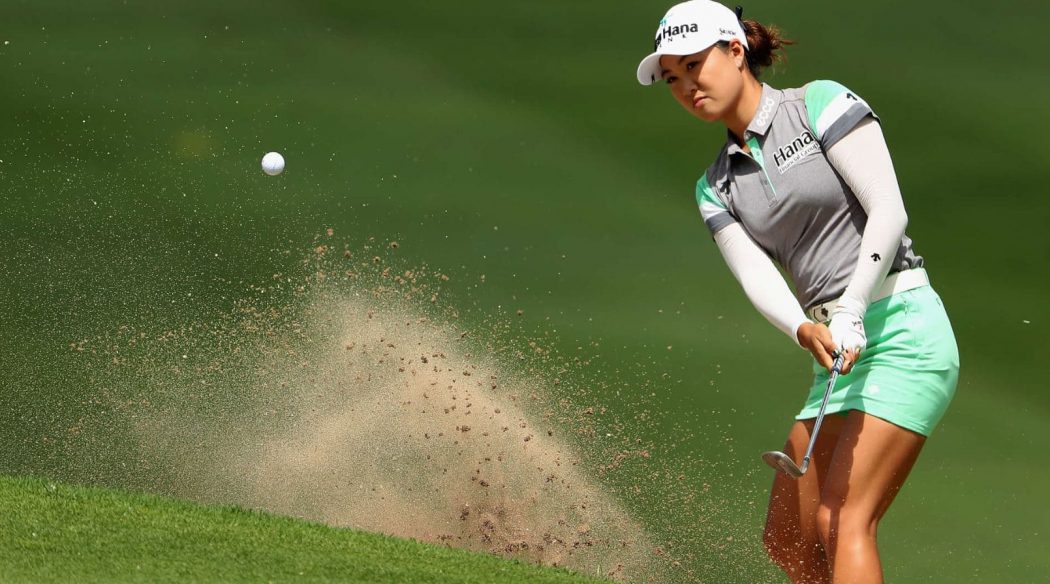Golf Reimagined Course Design
Golf Reimagined Business Analyst Justin Lukacs summarizes some of the key strategies of our course enhancements.
Golf Reimagined is a consultation service providing the tools and information for golf courses to make meaningful changes aesthetically, operationally, and managerially that will help revitalize the purpose of their offerings. One way we do this is by looking at the design of the course and seeing where we can apply our years of research to make things more interesting and rewarding for the players. There are some fantastic examples of similar ideas being utilized at some premiere courses around the world, showing that the golf offering is beginning to shift from the traditional version to a more rounded and diverse experience for players and operators alike.
When talking about course design, we should start with the design of the area that is used before even stepping onto the first tee. The short game practice area is an offering that usually leaves a lot to be desired in terms of excitement and variety. This means less incentive to use it for quality practice before getting out and performing when it counts. Deerpath Golf Course in Illinois has made some recent changes to provide their version of this offering, “The Lawn”. This is a free public space that features over 30,000 square feet of short game practice. Contained within this area is an 18-hole putting course, surrounded by a 15-foot-wide chipping fairway all the way around the large green. This provides patrons with a plethora of options for practicing their short game, making the family-friendly space fun for a wide range of players. While this is a new offering to Deerpath, they took inspiration from other renowned golf courses with similar offerings. We have discussed the Bandon Dunes Punchbowl course in previous articles, which Deerpath has listed alongside Pinehurst, Streamsong, and St. Andrews as inspiration for the Lawn. All these golf clubs have an 18-hole putting course as an offering alongside their main golf course, with The Himalayas at St. Andrews being started by the St. Andrews Ladies’ Putting Club. This style of short game practice seems to be a growing trend at some well-established courses that no doubt will be picked up by other locations in the future.
Expanding the versatility of the short game area may be important but expanding the length of the business season is imperative, especially in Canada. We are starting to see more courses incorporate winter activities into their list of offerings. A good example of this is Hylands Golf Club in Ottawa. Their winter activities list includes an outdoor skating rink, fat tire biking, snowshoeing, and cross-country skiing. They are able to provide all of this at a relatively low cost to patrons. With free trail access for active military members and Hylands members, and a $5 charge for civilians they encourage a variety of people to come and use their course for winter activities. In addition, Hylands offers equipment rentals for fat tire bikes, snowshoes, and cross-country skis. This provides further incentive for customers while gaining them some extra revenue over the cold months. There are a number of other winter offerings that could easily be added to a golf course to increase their yearly revenue. We have seen a jump in the popularity of golf simulators for this reason, in addition to offering many other benefits to the golf course. Are there any additional winter activities you would like to see at your golf course?
The discussion of course design incites a focus on the physical layout of the land, though we believe there are equally important intangible factors that lend to a positive view of each golf course. When looking at positive reviews for golf clubs around Alberta and Western Canada, one thing remains quite consistent: friendly staff and service. Ensuring your staff provides friendly and prompt service is important for all businesses, but there are ways to accommodate patrons more easily to make a strong first impression that will stay with them when they leave. Some simple changes can include having a welcome stand to provide help and information to golfers showing up for their first round or their hundredth. Having a friendly and informative staff member be the first encounter of the day can elevate the overall experience before they even get a club in their hand. On the other end of the spectrum, many golf courses are making changes to their restaurant to accommodate not only fresh food and beverage offering but a greater emphasis on events and entertainment. Having live music or date nights can be a great way to incentivize people to show up and stick around the clubhouse for a few extra drinks and snacks. These changes ensure patrons feel welcomed when they first arrive and make them want to stick around when their round is over.
Tangible and intangible, there are a number of design changes that are becoming increasingly more popular with clubs that are looking to further their success, as well as clubs that are looking to turn around their losses. Having an eye-catching and unique layout to the course and its practice areas is a great way to leave an impressive picture in the minds of visitors, creating an incentive for golfers to come back and play or practice more often. However, this isn’t the only way to attract golfers to the club. Quality course design works in tandem with friendly service to provide a total experience for anyone who enjoys being around the clubhouse. The good news is there are a plethora of ways to achieve this effect. While I have only covered a few ideas and trends in this short article, Golf Reimagined has a long list of offerings and adjustments that can propel your course from the local club to a community hub.

